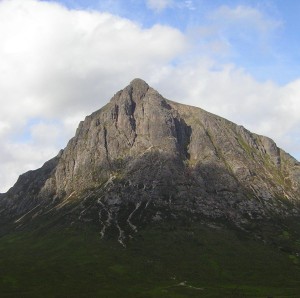The Hard Language of Mediation
“Soft.” Warm & Fuzzy. Nice. Even “nicey-nice.” Respectful. Gushy & Squishy.
Isn’t this how many of us in dispute resolution and mediation describe our work? Isn’t it how many skeptics describe it?
Yet is this real? Is this the way it is? Language forms our thinking, and this language is amorphous, disassociative, ephemeral. Is this how we view our work? How others see it? How our clients see it?
What if we used different language?
Hard questions. Difficult conversations. Clear-eyed assessments. Facing the situation square-shouldered. Unvarnished appraisals. The geometry of conflict. The acute and sharp angles of positions, the flinty sparks of strong emotion. Clients grounded in the deepest bedrock of true interests. The mass and weight of what’s truly most important. Real-world solutions that are enforceable, durable and sustainable — lasting and strong.
I very much appreciate having left behind the gladiatorial language of litigation. Many come to this work because they had been wounded themselves by the sharp blades of adversarial conflict. The language of warfare is best left to lie where we left it. But must we avoid language conveying the strength, the solidity of what we do?
If we have a hope of helping our clients transit through the liminel space of conflict, to transcend it, they can’t lift themselves up from the boggy, squishy ground of avoidance. They can’t move beyond it if we encourage them to deny they’re in a bad place. If our language is as ethereal as a vapor, it provides no stable ground for traction, no fulcrum to lever movement, no purchase to get a grip, no hard pier to shove-off from and to launch in their new direction.
We focus on what’s most important. And there is nothing more realistic and pragmatic than focusing on what’s most important. It’s hard work.
What we do has weight and mass, substance and strength. Tell each other. Tell the skeptics. Tell your clients. Speak of it.


